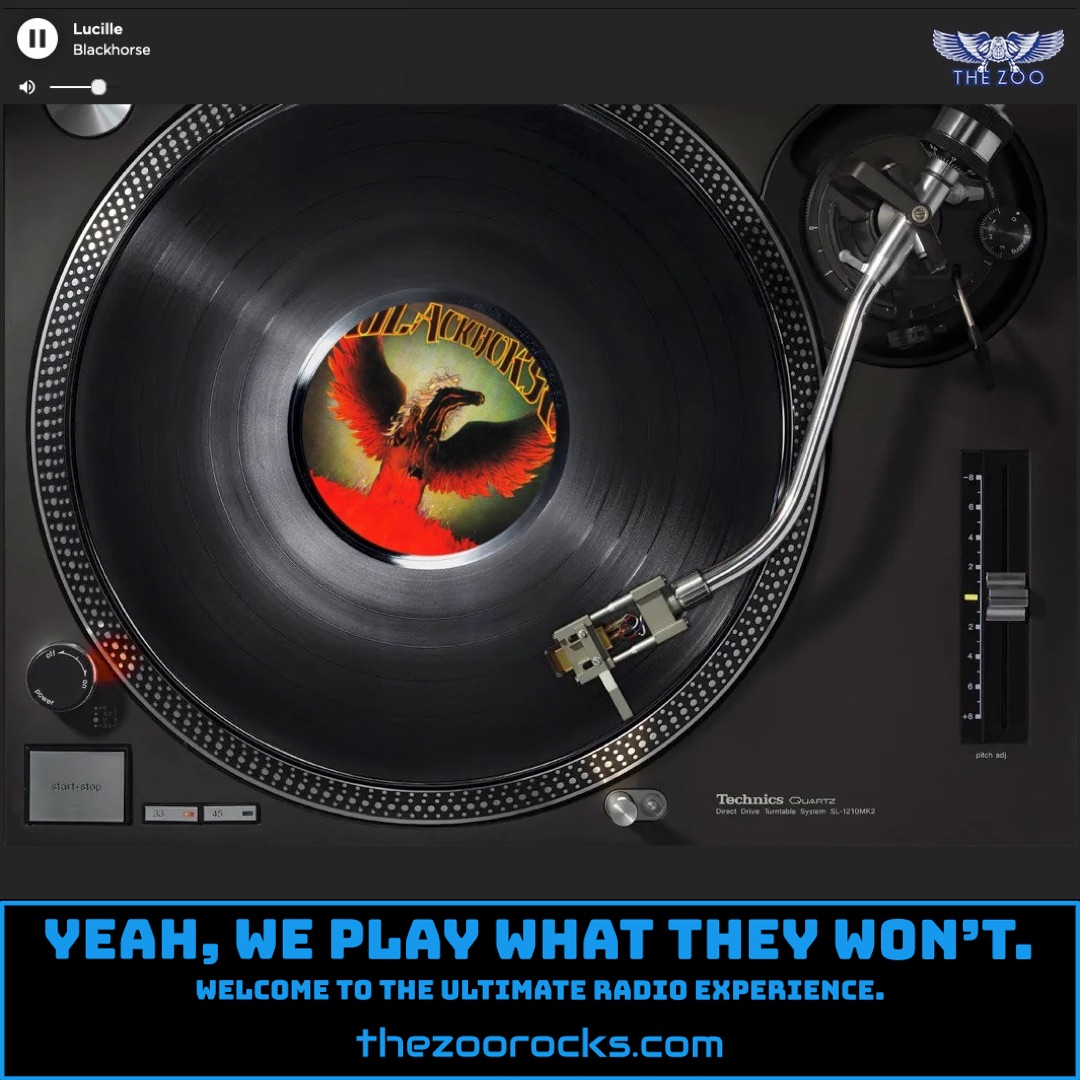Tonight’s The Night (Part 1)
Neil Young
"Tonight’s The Night (Part 1)" by Neil Young, featured on the compilation album Decade, is a raw, emotional cornerstone of his discography, originally from the 1975 album Tonight’s The Night. The song, and its parent album, was born out of profound grief following the heroin overdose deaths of Crazy Horse guitarist Danny Whitten and Young’s roadie Bruce Berry. Recorded in August–September 1973 at Studio Instrument Rentals in Los Angeles, the sessions were intense, with Young and his band, dubbed the Santa Monica Flyers, playing through the night in a haze of tequila and raw emotion. Young described the recording process as “audio vérité,” capturing the unpolished, live feel of the performances, with his voice sometimes cracking, as heard in the emotional peak of “Mellow My Mind.” Drummer Ralph Molina recalled getting chills from Young’s delivery, noting, “Neil was right there with us. He was wide open.” The album’s raw sound, with Young occasionally singing off-mic and the echo of the room audible, was intentional, reflecting the chaotic, mournful atmosphere of the sessions.
Young’s decision to release Tonight’s The Night was a bold risk. In a 1987 interview with Dave Fanning, he recounted how Reprise Records warned that the album could end his career after the commercial disappointments of On the Beach and Time Fades Away. They told him, “You had Harvest, then you put out On the Beach and it was kind of off the wall… We think that if you put this album out it could be the end of your career.” Young’s response? “Well, we better put this out right away then, because I think it’s good.” The album’s initial reception was mixed, with some critics baffled by its dark tone and loose structure, but it has since been hailed as a masterpiece, ranked 302 on Rolling Stone’s 500 Greatest Albums of All Time in 2020. A 2023 post on X by @reclinernotes detailed a 34-minute live performance of the song in Chicago in 1973, highlighting its storytelling depth and cultural allusions, underscoring its enduring impact.
An earlier, even darker version of the album existed, with only nine songs and more spoken interludes between Young and the band, described by Young in a 1985 Melody Maker interview as sounding “like a wake” where “you didn’t know if these guys were still gonna be alive in the morning.” Songs like “Lookout Joe” and “Borrowed Tune” were later added to soften the blow, but the original’s raw despair remains legendary among fans. The song “Come on Baby, Let’s Go Downtown,” included on the album, is particularly haunting, featuring Whitten’s vocals from a 1970 Crazy Horse performance, serving as both a tribute and a stark reminder of his loss. The album’s liner notes, including a cryptic anti-heroin message referencing Bruce Berry (“Tell Waterface to put it in his lung and not in his vein”), add to its enigmatic aura, as noted on the fan site Thrasher’s Wheat.
Neil Young, born November 12, 1945, in Toronto, Canada, began his musical journey in Winnipeg during the 1960s. As a teenager, he formed his first band, The Squires, a rock outfit that played local gigs, traveling in Young’s hearse, nicknamed Mortimer. His early influences included folk, rock, and country, shaped by artists like Bob Dylan and Hank Williams. After moving to Los Angeles in 1966, Young co-founded Buffalo Springfield with Stephen Stills, blending folk-rock with introspective lyrics. The band’s short-lived but influential run produced hits like “For What It’s Worth” before disbanding in 1968. Young then launched his solo career, releasing his self-titled debut in 1968, followed by Everybody Knows This Is Nowhere with Crazy Horse in 1969. His work with Crosby, Stills, Nash & Young in 1970, particularly the album Déjà Vu, cemented his status, but it was his 1972 album Harvest, with its chart-topping “Heart of Gold,” that made him a household name. Young’s refusal to stay in the commercial lane, exemplified by the raw defiance of Tonight’s The Night, defined his career as an artist driven by authenticity over popularity.
Fans can explore Young’s vast archives on his official website, Neil Young Archives, which offers high-resolution audio, unreleased tracks, and detailed liner notes. His official store at Neil Young’s Webstore provides merch and new releases, like the Archives Vol. III (1976-1987) box set. On social media, Young is active on Facebook, Instagram, and X, where he shares updates on tours, releases, and causes like Farm Aid. Fan communities thrive on sites like Thrasher’s Wheat, a long-running blog with news, reviews, and lyric analyses, and the Neil Young Unreleased Facebook group, where enthusiasts discuss rare recordings and unreleased projects. These platforms keep the spirit of Young’s music alive for Zoo Freaks and beyond.

